Introduction
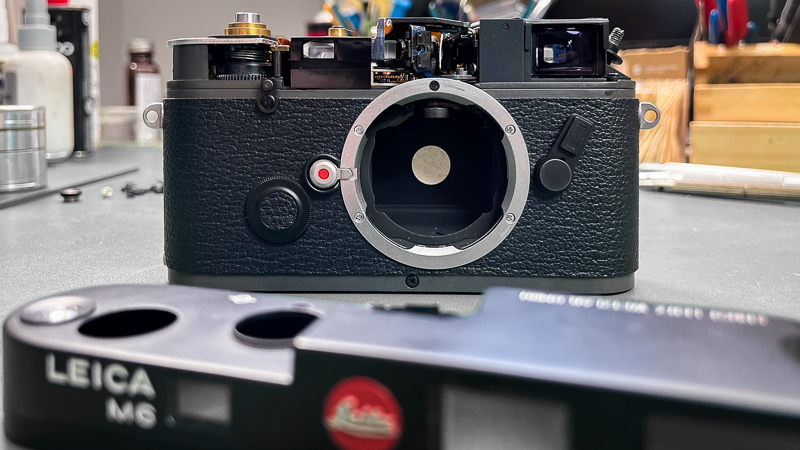
It has been two months since the second part of this series so some of you might have thought the analogue adventures already terminated, but the truth is “getting things fixed” took way longer than initially expected. So this time let’s have a look at these things and if you can learn anything from my mistakes.
Framelines
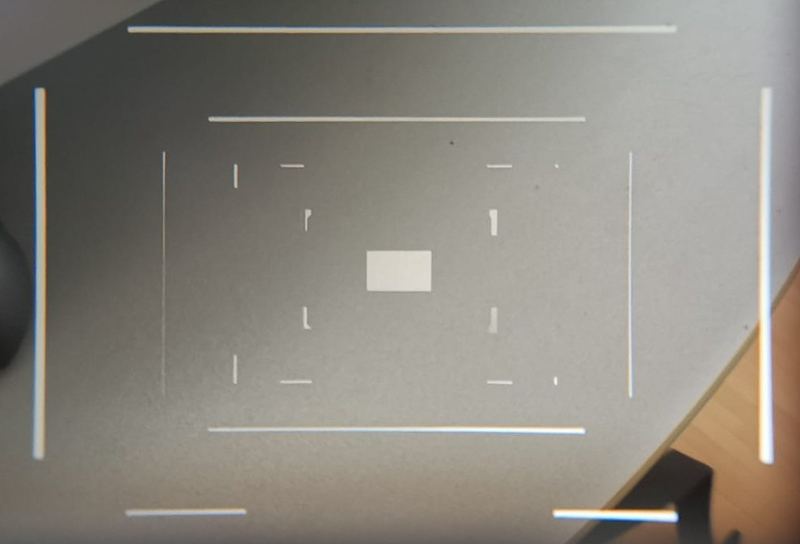
As I have already shown you in Part 1 the Leica M6 had faulty framelines that were supposed to be fixed under warranty, so this was the first thing I took care of – or rather tried to take care of.
I also told the repair guy about the rangefinder calibration issues, but he would have only been able to fix the infinity setting (which I already did myself before that) and told me adjusting close range can only be done by Leica in Wetzlar (wrong) and no independent repair guy would even attempt doing that (also wrong).
So I decided to keep it at fixing the framelines there. At first sight it looked like he has done a good job, but more on that later.
Rangefinder calibration
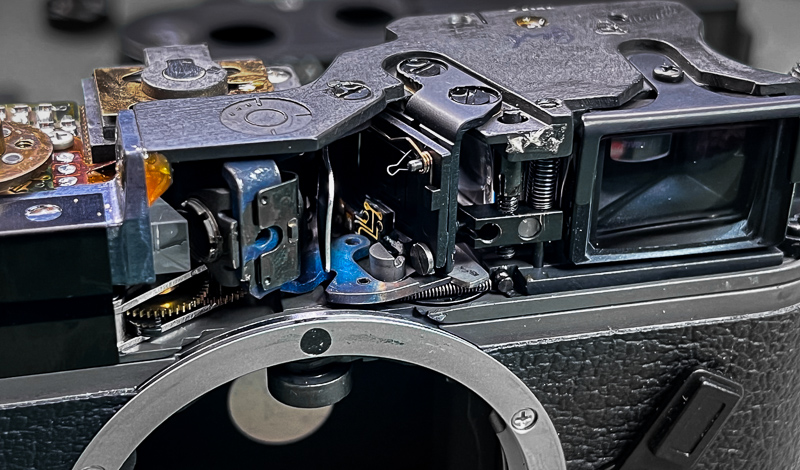
For the rangefinder calibration I was looking for someone who knows what he is doing and can properly calibrate the camera so it will be accurate enough to use lenses like a 75mm 1.5 or 90mm 2.0.
I have been a long time follower of Amsterdam Camera Repairs (ACR) on Instagram and had the strong feeling this guy (Alan) actually knows what he is doing, so decided to ship the camera to him.
After receiving the camera he confirmed the backfocus I was experiencing and said he can fix it, but this wasn’t all what had to be done, as I was about to find out soon.
Shutter speeds
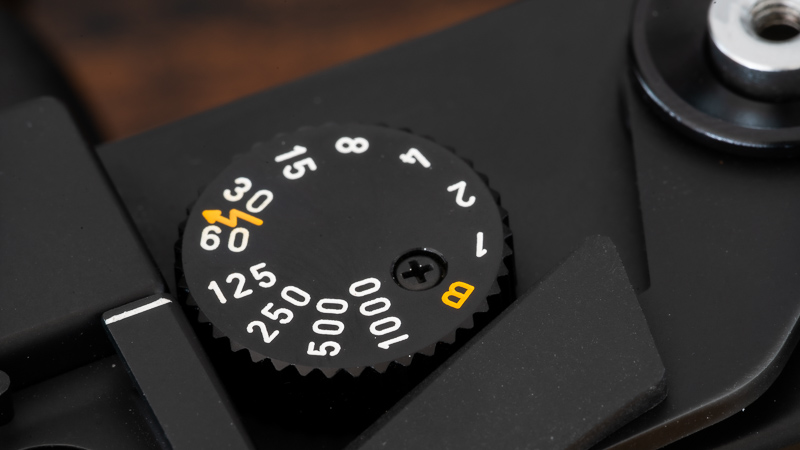
Very often on purely mechanical cameras the fastest shutter speeds are off and based on my impression of the first repair guy (and the “shutter speeds adjusted” line on the invoice) I told Alan to check this as well. And also the light meter, while we are at it.
The light meter was fine, but the fast shutter speeds were off. Let me quote Alan here: “I also checked your shutter speeds and they are not correct – particularly the high speeds of 1/250s to 1/1000s. The shutter is consistent, but not very well calibrated. The speeds are inaccurate and uneven (the curtains have not been balanced), meaning that you may experience exposure problems. It appears that the shutter was calibrated without the use of a shutter tester.”
Have I been surprised by this? Not really. Of course we decided this had to be fixed.
Framelines (again)
Before returning the camera to me Alan did what looked to me like a very thorough check up, meaning he shot an actual roll of film to check if everything is working as intended.
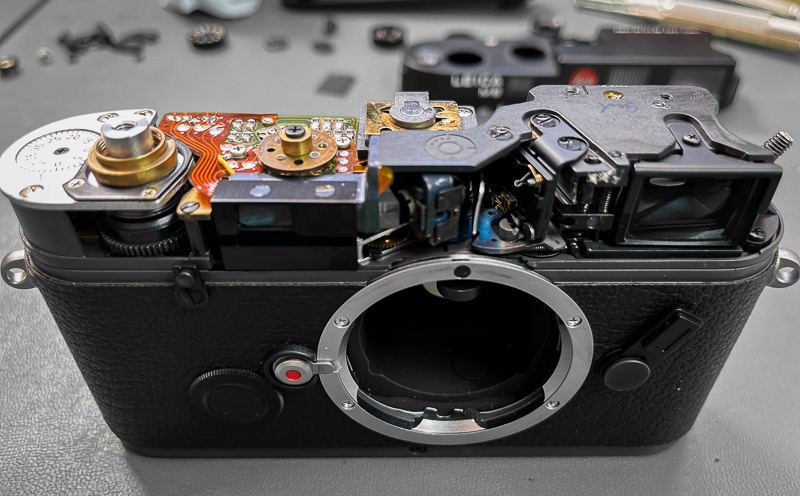
He noticed, that the framelines/masks are sometimes sticky, especially when going from a 28/90mm lens to a 50/75mm one. At this point: am I surprised the framelines haven’t been properly fixed the first time? Not at all.
Alan told me he overlooked this during his initial check up and fixed it without charging me for it. That is some dedication and service rarely experienced.
Lessons learned
Because there were more things to fix than we initially thought the whole turnaround took way longer than expected, but I can definitely recommend to contact Alan if you have issues with an analogue camera that you want properly fixed. And follow him on Instagram, there are always interesting posts/stories if you are into old cameras and/or mechanical engineering.
What else can we learn from this? If you buy an analogue camera from a shop that gives warranty and tells you the camera has been serviced before, maybe ask by whom and check his google ratings before putting your money on the table. It might save you a lot of trouble.
What’s next?
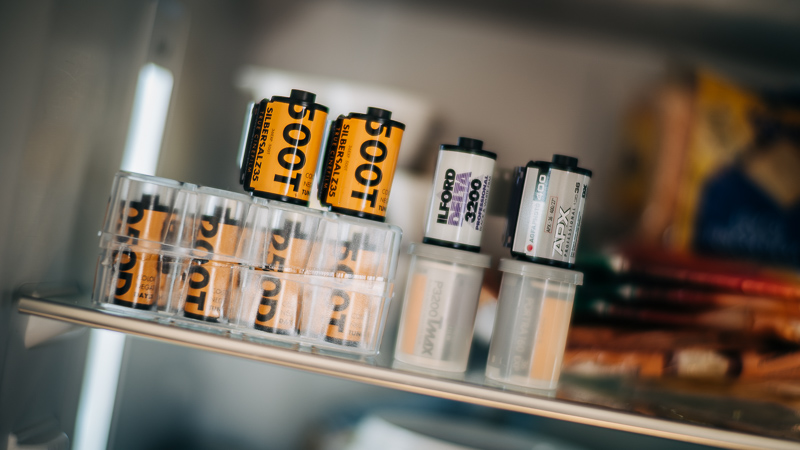
In the meantime I gathered plenty of different 35mm films, so I hope now is finally the time to use them – and that the next part will contain more actual pictures.
Further Reading
- Sony FE lenses: Our comprehensive and independent guide
- Lens aberrations explained
- What makes a picture good?
- Bokeh explained
Support Us
Did you find this article useful or just liked reading it? Treat us to a coffee or a roll of film!
![]()
![]()
![]() via Paypal
via Paypal
Latest posts by BastianK (see all)
- 2025 – Year in Review - December 23, 2025
- Review: Sony FE 70-200mm 4.0 G Macro OSS II - December 20, 2025
- Review: Viltrox AF 35mm 1.2 FE LAB - December 17, 2025



Hi Bastian (and other readers),
great to hear verified recommendation, but there shall also be some good guys in Germany, no? My m4p needs some adjustment of 1/1000, but I hesitate to send it anywhere because of the problems you mention which are not totally 🙂
I were actually thinking to send it directly Wetzlar despite the likely hefty price tag because of the experience I made with them, which I’d like to share too. The issue I had was that on my camera (when I bought it) the plastic piece on the advance lever was missing, so I emailed Wetzlar directly asking if they’d sell the part and a small screw to fix it, and if not – what would be the cost to do that if I send camera in. The next day I got a reply asking to share my address so they can send it to me. Which they did the next day, sending, in fact, 2 plastic bits and 4 screws in case I keep loosing them. For no cost. The camera is from 1984, btw. Of course, prices are high when it comes to serious fixing, but probably you get what you pay for 🙂
looking forward to your insights on film.
While prices are not a big motivation right now to shoot film, i got lucky and recently found some rolls of film (3-4yrs expired Kodak Gold) at my grandmas, which motivated me to shoot some film again after a 5 year long break (was initally quite unimpressed by film vs shooting vintage lenses on a7m1). I hope for still decent results.
When getting into technical details of film cameras i always wonder how precise focus can be.
I reckon stopping the lens down and increasing DoF is sometimes a better way of getting sharp results than trying to focus as best as you can.
I wonder what role flatness of film and calibration of the focus guides OVF and lens calibration (focus shift) factors in when shooting with shallow DoF.
The “What you see is what you get” approach of mirrorless cameras seems so much superior to me. How lucky we are to EVF focus magnify+IBIS etc.
As much as one can sniff at Ken Rockwell, one of the main themes he always pushed was that technique and knowing what to do is more important than gear for getting sharp results 🙂 Focussing is one area where it’s especially true, even with modern AF on digital. You can actually improve hit rate quite a by just stopping down instead of (or in addition to) relying on these amazing feats of engineering completely! It is of course much. more obvious with older systems and MF, but still..
Flatness of the film on 35mm is not an issue even if contax did at some point vacuum-flattening backplate. More important is, however, movement of the things and, with MF, curvature of the lens (if any). Again, this applies to digital as well, although modern lenses are typically way better than anything you find on film, and AF systems can throughout most of the frame nowadays, so no need for focus&recompose. Still, stopping down is not that bad of idea on full frame if you want to increase your hit rate (M43 is easier in this regard 🙂
my impression is Bastian loves shallow dof/bokeh, so i’m really wondering what his experience will be like with split image focus aid in his Leica.
I never used split image, but from my experience with SLRs and using the same lenses adapted on a mirrorless body, it seems impossible to me to finetune the focus on the analogue camera as much as seems necessary when using focus magnify on the digital. I hope this makes sense.
Obviously you get away with worse focus because of overall resolution of film vs 42MP digital. But the lenses seem perfectly capable so in the end i see the focus aids lacking too much…
For me it’s actually easier to focus with RF than using normal focus assists on digital (i.e. peaking/magnify), i.e. I had no problem focussing 7artisans 50 1.1 on RF getting higher hit rate than with my A7R2 even when scaled down to film resolution (i.e. ~12 mp for typical iso 200 BW film).
Btw, you can get much higher resolution with some films (i.e. Adox 50HR in my case, which is what I use with fast glass in daytime nowdays), and still focussing is really accurate!
sounds great, need to try RF focusing one day. I find with SLR split image/microprism its pretty much impossible to focus well. Also to focus with lens wide open and no not having DoF preview i find annyoing.
my thoughts on film have been to stay with stuff that is mechanical and tinker.
I’ve been fortunate that I have a surplus of 35mm camera bodies acquired when searching out vintage lenses so when I come across a body that doesn’t work, I move on to the next. That strategy works quite nicely with minolta, pentax and cannon bodies but obviously not so much in regards to leica. I have an older IIIg that I got for an incredible price but the timing of anything 1/30s or slower is off.
I have been relatively fearless digging into most vintage stuff on my own but my reluctance goes up with the value of the item. With that I haven’t taken the leica apart yet…. I will someday.
I have dug into quite a few large format shutters and have a pretty good track record of getting them working again, only one has met the trash bin in the process
fun stuff – I tend to buy cheap so if I wreck it, it isn’t a huge deal.
Hello Bastian.
I have had a nagative scanned by two different labs and the results were very different. I think a lot of the information that is actually in the negative is lost during scanning.
The reviews and comparisons that you find on the internet for some film stocks are not very helpful either.
I definitely like the Fujicolor 100, which is apparently only produced for the Japanese market, but is at least imported by Fotoimpex. Colors are bright and natural.
I would like to make some comparisons myself but for that I would need at least two working cameras with the same lens mount, right?
Last week my only Minolta XE-5 got jammed. The question is if it’s worth to pay for a repair or if it’s better to buy a new used one.